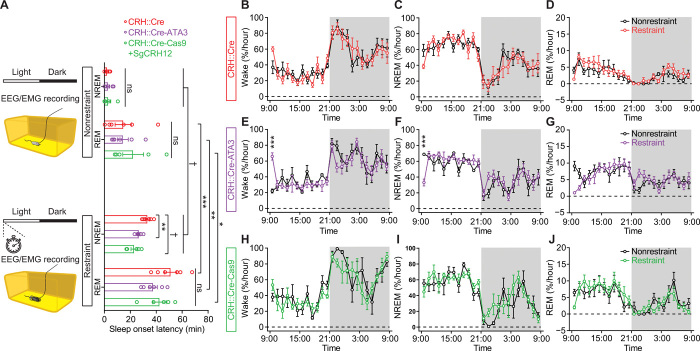Fig. 5. Disruption of the CRHPVN-HcrtLH circuitry significantly reduces the latency to NREM sleep onset following a 10-min restraint session without affecting the general sleep/wake pattern.
(A) Absence of Hcrt neurons or disruption of crh gene in CRHPVN neurons significantly reduced the latency to NREM sleep onset after a 10-min restraint stress session. (B to J) A 10-min restraint stress session did not alter the general sleep architecture of mice with intact (B to D) or disrupted CRHPVN-HcrtLH circuitry (E to J). (A) One-way ANOVA followed by Šidák’s multiple comparisons, paired t test between nonrestraint and restraint for a given genotype; (B to J) linear mixed-effects model followed by Šidák’s multiple comparisons, dark phase indicated by gray shielding; *P < 0.05, **P < 0.01, ***P < 0.005, †P < 0.0005; n = 6 mice for CRE::Cre and CRH::Cre-ATA3, n = 5 for CRH::Cre-Cas9. ns, not significant.

